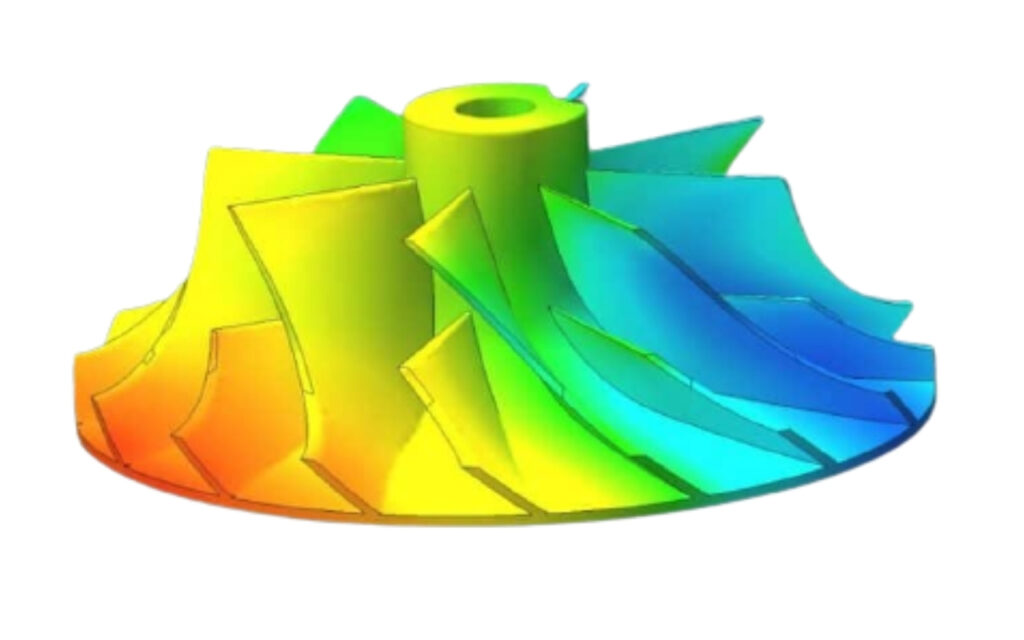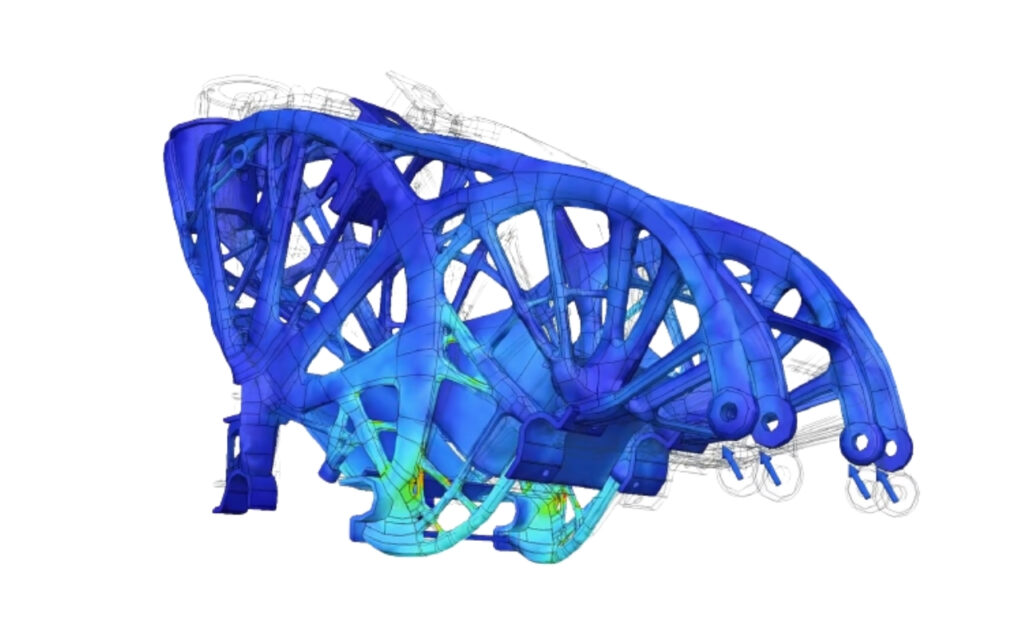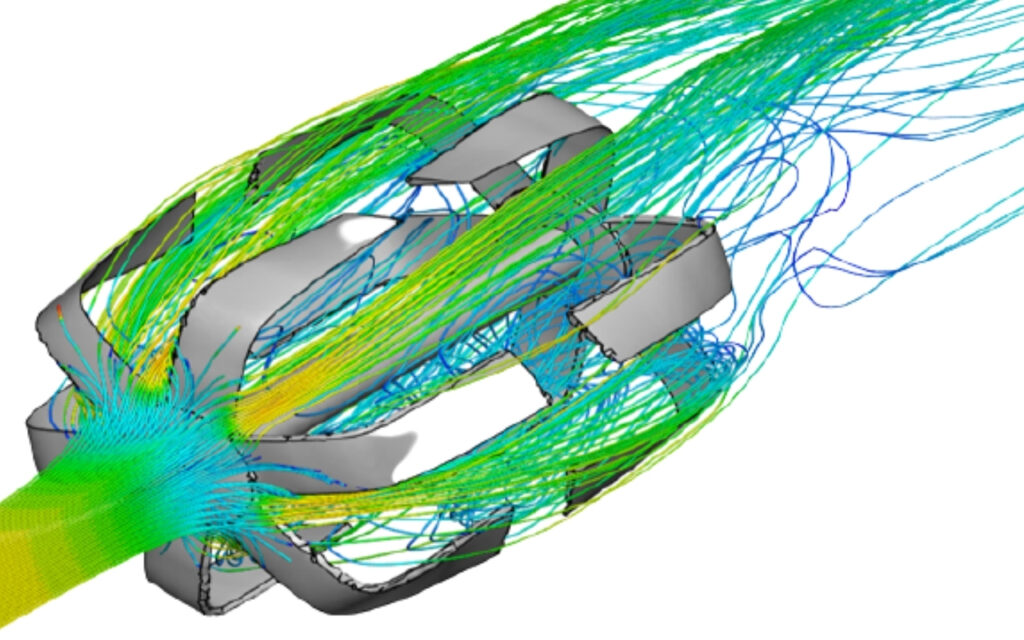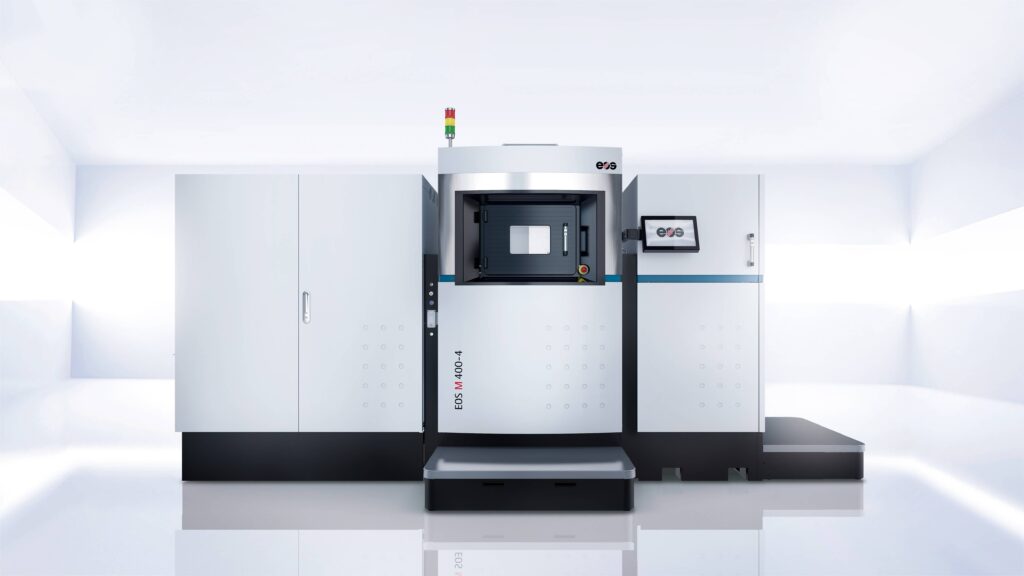Simulation
Simulation
Simulation is integral and a pillar in Additive Manufacturing/ 3D Printing. It helps solve part issues by predicting through simulation in real time environment of the component. Simulation predicts the distortion and residual stresses in the part and guides our engineer in how to compensate during build phase to ensure a quality part the first time.


FEA, CFD
Finite element analysis of Additive Manufacturing based on Fused Deposition Modeling (FDM): distortion prediction and comparison with experimental data. Computational Fluid Dynamics (CFD) is widely applied to solve a broad range of research and engineering problems, from aerodynamics to engine combustion and microfluidics. Traditional simulation tools like finite element analysis (FEA) and computational fluid dynamics (CFD) can help engineers design more AM-friendly parts while newer variations like generative design software turn out optimized and organic shapes based on key parameters that could only be output with AM technologies.

DfAM
The benefits of 3D printing are numerous for designers and engineers. From a product perspective, 3D printing removes many of the mainstream manufacturing limitations. It is a general type of design methods or tools whereby functional performance and/or other key product life-cycle considerations such as manufacturability, reliability, and cost can be optimized subjected to the capabilities of additive manufacturing technologies. Through DfAM, designers are no longer limited by the geometry or process; this allows the part or product design to be more complex, while also providing the opportunity to combine several parts into one. Consolidating parts may be an obvious advantage with 3D printing; additive manufacturing processes enable the production of geometric shapes that otherwise require assembly of multiple parts.

Have a project ?
Lets Discuss

Our Clients






















1 Million +
Parts Built
25+ Parts
Built Every Hour
Collaborations
